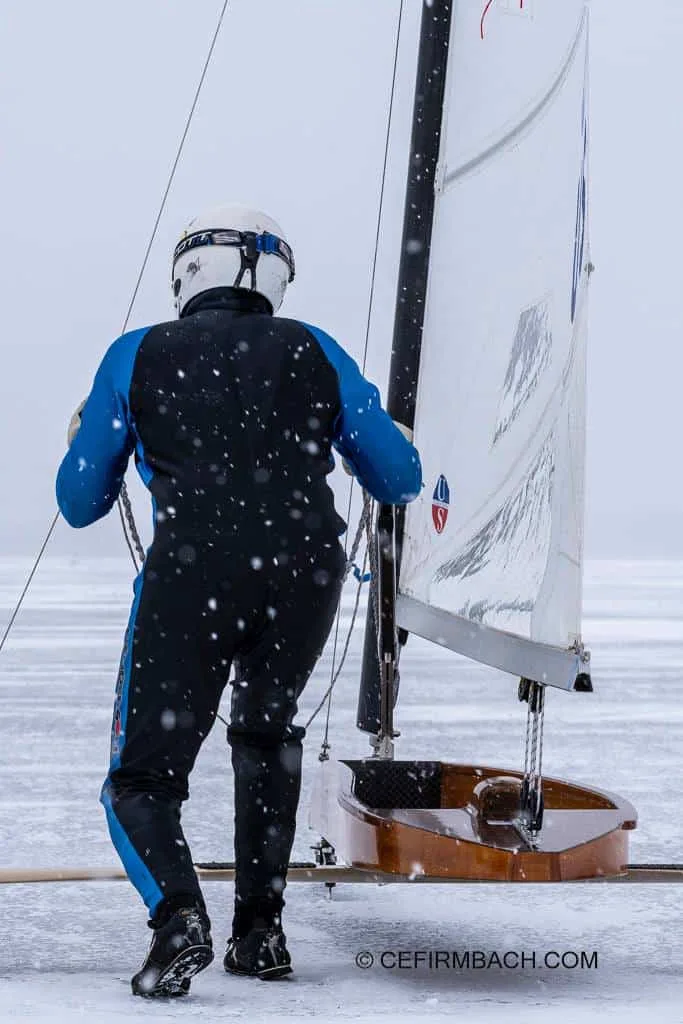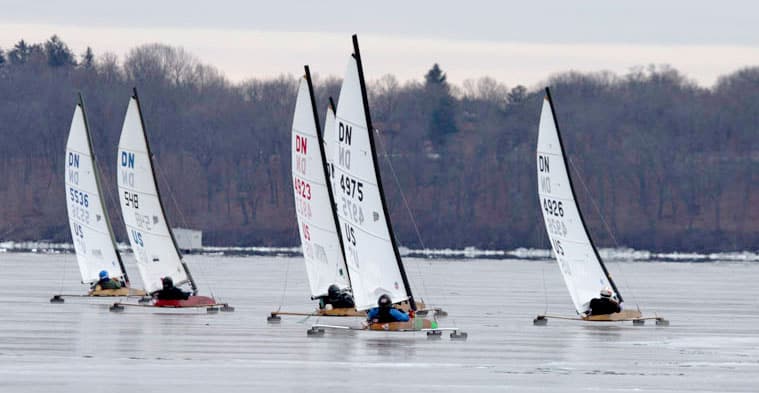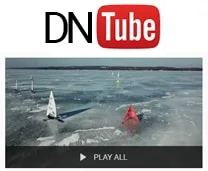by Deb Whitehorse | Mar 2, 2021 | Home Page

Via Central Region Commodore Rob Holman:
The 2021 Central Region DN Championship has been tentatively called on for March 6-7. Primary site is Elk Lake in Michigan. Final confirmation will be made Thursday, March 4 after 6 PM ET.
by Deb Whitehorse | Mar 2, 2021 | Home Page, Western Region Championship

Photo: Rick Myslinski
Via Western Region Commodore Chris Berger:
We are optimistic about holding the 2021 Western Region Championship, scheduled for March 6-7, 2021. The warmer temperatures have cleaned the snow off from lakes in Wisconsin and the UP of Michigan and several sites are being scouted.
Sites under consideration are Escanaba, MI, Green Lake, WI, Madison, WI, Menominee, MI, and Oconto, WI.
Next update is on Thursday PM, March 4, 2021.
by Deb Whitehorse | Mar 1, 2021 | 2021, Home Page
by Deb Whitehorse | Feb 25, 2021 | Home Page, Western Region Championship
 Via Western Region Commodore Chris Berger
Via Western Region Commodore Chris Berger
The 2021 Western Region Championship has been called on for March 6-7, 2021. Primary site is Green Lake, WI. Next update is Wednesday, March 3, 2021.
by Deb Whitehorse | Feb 24, 2021 | Home Page, Western Region Championship
Via Western region commodore Chris Berger
The 2021 Western region championship is postponed. Next update is March 3, 2021.




